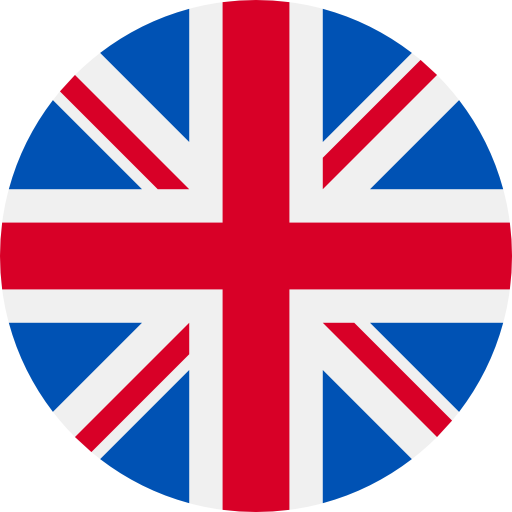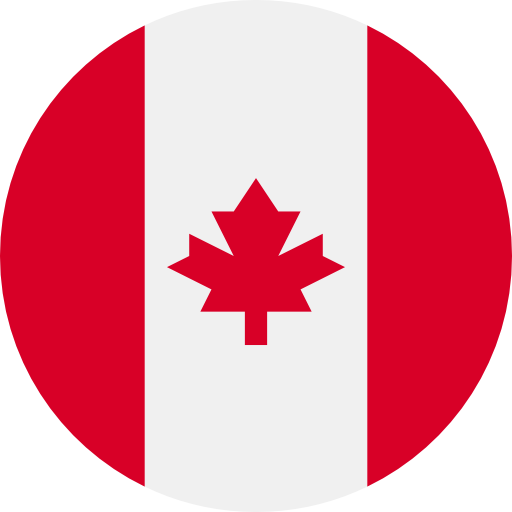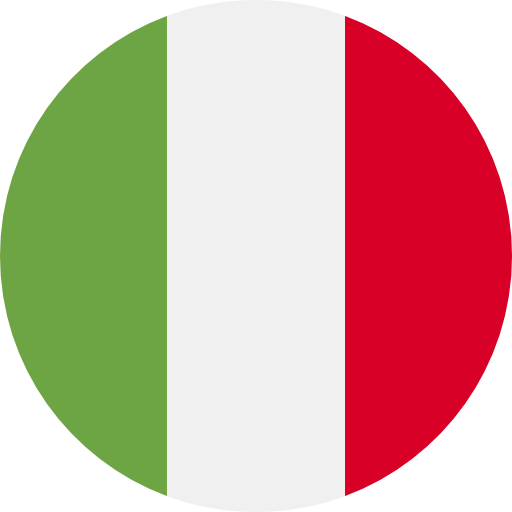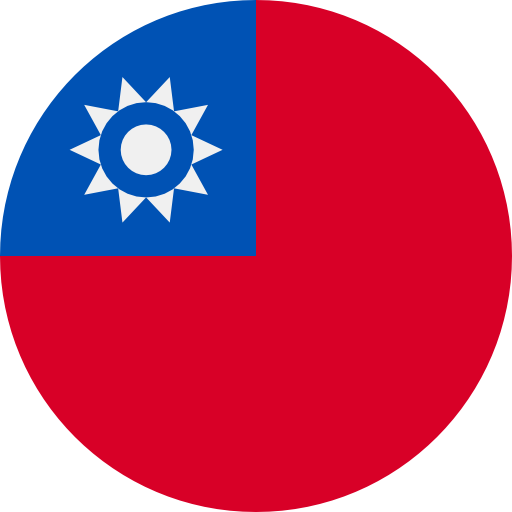Reports
New and Emerging Therapies in Infections of the Skin
Presented by: Theodore Rosen, MD, FAADProfessor of Dermatology, Baylor College of Medicine, Houston, TX, USA
- New and emerging antibiotic treatments are available in new classes with novel mechanisms of action.
- New vaccinations are being developed for herpes zoster, human papillomavirus (HPV), Zika virus, Candida, and Ebola virus disease.
Dermatologists treating infectious diseases of the skin have many new and emerging antibiotic treatments available. There are several new therapies for particularly challenging conditions such as molluscum, gonorrhea, and pediculosis capitis, commonly known as head lice. Prevention through vaccinations is essential per guidelines of the US Centers for Disease Control and Prevention (CDC) and World Health Organization (WHO) and remains an important clinical and public health objective.
- Antibiotic resistance that diminishes the efficacy of existing treatments renders new treatments for infectious disease particularly important.
- Prevention remains an important tool for clinicians and patients and guidelines recommend vaccinations as an important method of prevention.
- New vaccinations for herpes zoster, HPV, Zika virus, Candida, and Ebola virus disease are being developed.
1. Sarecycline
- Chemical class: tetracycline.
- Mechanism of action: binds 30S ribosomal subunit, no AA-tRNA attachment; Inhibits protein synthesis; anti-inflammatory properties.
- Includes: C. acnes, S. aureus, Minimal vs. Gr-enteric bacteria.
- Oral only.
- Resistance can occur: nausea, headache.
- Status: Food and Drug Administration (FDA) approved for moderate-to-severe acne (10/18); Two parallel studies demonstrate an approximate 50% reduction in number of inflammatory lesions at 12 weeks versus placebo, which demonstrated an approximate 35% reduction [1,2].
2. Omadacycline
- New chemical class: aminomethylcycline.
- Mechanism of action: binds 30S ribosomal subunit, no AA-tRNA attachment; inhibits protein synthesis.
- Includes: methicillin-resistant Staphylococcus aureus (MRSA), Strep. pyogenes, vancomycin-resistant Enterococcus (VRE), Legionella, Chlamydia.
- Available orally and IV.
- Resistance is uncommon due to aminomethyl group.
- Status: FDA approved 10/2018, available soon; effective for the treatment of MRSA, wound infections, abscesses, erysipelas.
- Effective in treating organisms found in the oral flora of canines and felines; it is therefore useful in treating bites from dogs and cats and can replace IV drugs which are more toxic. Note that it is not effective against Eikenella, which is found in human oral flora, and therefore is not recommended for the treatment of human bites [3,4].
3. Delafloxacin
- Chemical class: fluorinated quinolone.
- Mechanism of action: Inhibits topoisomerase IV and DNA gyrase; inhibits bacterial DNA replication.
- Includes: MRSA, methicillin-sensitive Staphylococcus aureus (MSSA), Strep. pyogenes, E. coli, Pseudomonas aeruginosa, Enterobacter, Klebsiella.
- Available orally and IV.
- Resistance: reported, but uncommon.
- Status: FDA Approved. The active comparator is vancomycin + azetreonam. Delafloxacin found to be statistically non-inferior to combination. Adverse effects include nausea, vomiting, diarrhea, headache, increase in LFTs; black box warning [5].
- FDA 2018 updates strengthen warnings for fluoroquinolone antibiotics, to include mental health side effects and increased risks for severe low blood sugar, hypoglycemic coma, hypoglycemia, aortic aneurysm rupture and dissection.
4. Ozenoxacin
- Chemical class: non-fluorinated quinolone.
- Mechanism of action: blocks topoisomerase II and DNA gyrase; inhibits bacterial DNA replication.
- Prepared as 1% cream for impetigo.
- Wide spectrum of activity against relevant Gram positive microbes, including MSSA, MRSA, mupirocin, and ciprofloxacin resistant Staphylococci, Strep. Pyogenes.
- Superior to placebo, and non-inferior to retapamulin; microbiological effect in as little as 48 hours.
- Status: FDA approved for impetigo 12/2017.
- Ozenoxacin is particularly valuable because successful treatment of impetigo into the future warrants consideration that newly developed drugs do not contribute to bacterial resistance. Mupirocin has been effectively used in the treatment of impetigo, however, there are now high levels of resistance to mupirocin [6,7].
5. Tecovirimat
- Tecovirimat is currently available for the treatment of smallpox.
- Although the WHO and CDC deemed smallpox eradicated in 1980, it is still used in biological warfare research and is regarded as having the potential to be weaponized, with a potentially high mortality rate.
- Tecovirimat is currently stockpiled for protection against biological warfare.
6. Benznidazole
- Benznidazole is available to treat pediatric and adult patients with Chagas disease.
- It is effective against parasite DNA and is orally administered in tablets.
- Adverse effects include: peripheral neuropathy, arthritis, bone marrow depression, menstrual irregularities, hypersensitivity reactions, psychiatric abnormality; there is a high rate of AEs exceeding 80% [8].
A. Molluscum Contagiosum
There are new and emerging treatments for the viral skin infection molluscum contagiosum.
1. Hyperthermia
- Hyperthermia has been shown to be an effective treatment against molluscum.
- A study of 13 pediatric and 8 adult patients was conducted on a cohort of patients with an average lesion number of 59, considered severe molluscum.
- The intervention consisted of the application of heat to the affected area (44° C, 111° F), for 30 minutes, once weekly, for 12 weeks.
- The proportion of patients who demonstrated complete clearance at 12 weeks was 57.1% (n = 12), with facial lesions demonstrating greater resistance [9].
2. Potassium Hydroxide Topical (KOH)
- Potassium hydroxide, in a double-blind, randomized clinical trial that studied 53 children aged 2-6 years (ITT), to compare KOH 10%, KOH 15% and placebo, applied once daily for up to 60 days, researchers found both KOH 10% and 15% effective in reducing lesions.
- For the KOH 10% group, 59% achieved the efficacy outcome of complete clearing of lesions.
- For the KOH 15% group, 64% achieved the efficacy outcome.
- No adverse events were reported [10].
3. Cantharidin
- Cantharidin is expected to be reformulated with API that is greater than 99% pure, with a visualization agent to see which lesions have been treated.
- Treatment involves intraepidermal blistering which reduces likelihood of scarring and enhances inflammatory response.
4. Lefamulin
- Chemical class: heterocyclic pleuromutilin, related to retapamulin, a topical impetigo treatment.
- Mechanism of Action: Binds to peptidyl transferase site, 50S ribosome subunit, inhibiting peptide transfer, and thus, protein synthesis.
- Active against: Strep. pneumoniae, Haemophilus influenza, Mycoplasma pneumoniae, Legionella pneumophila, Moraxella catarrhalis, MRSA [11].
- Resistance: minimal to date.
- Oral and IV administration.
5. Iclaprim
- New chemical class: diaminopyrimidines.
- Mechanism of action: blocks DNA and RNA synthesis.
- Active against: Gram positive microbes, particularly S. aureus (MRSA); kills 99.9% MRSA in 4 hours, half the time of vancomycin [12].
- Resistance: very rare.
- Status: Not yet FDA approved, pending further data on potential hepatotoxicity.
6. Contezolid
- Chemical class: oxazolidinone.
- Mechanism of action: binds to 50S ribosomal subunit; prevents 70S formation; inhibiting protein synthesis [13].
- Active Against: Gram positive microbes, particularly S. aureus (MRSA) and VRE.
- Resistance: very rare.
- Status: Not yet FDA approved, phase 3 studies are expected to be complete in 2019.
B. Gonorrhea
Antibiotic resistance cause treatment failure for cephalosporin in the USA and at least 11 other countries [14]. Three new antibiotic drugs are expected to be available in three new classes:
1. Gepotidacin
- Mechanism of action: DNA replication.
- Class: triazaacenaphthylene.
2. Zoliflodacin
- Mechanism of action: DNA replication.
- Class: spiropyrimidinetrione.
3. Solithromycin
- Mechanism of action: protein synthesis.
- Class: fluoroketolids.
C. Pediculosis Capitis (Head Lice)
- Abametapir is an emerging treatment that blocks metalloproteinases.
- It prevents eggs from opening and is ovicidal and pediculocidal.
- Existing OTC treatments fail due to resistance genes to pyrethroids.
- Abametapir is a topical application for adults and children aged > 6 months.
- New and emerging therapies include vaccinations for several conditions.
- Subunit HZ is recommended for Herpes zoster in immunocompetent individuals according to US and Canadian guidelines, with minimal adverse effects.
- Gardasil is recommended for HPV for individuals aged 9-45 years.
- There are more than forty candidate vaccines currently in development for the treatment of the Zika virus.
- There is a functional vaccine emerging to stop the spread of Ebola, which would be administered in the ring surrounding an outbreak, thereby stopping disease contagion.
- Two fungal vaccines for Candida are currently in development which are particularly helpful for immunocompromised patients [15].
Key Messages/Clinical Perspectives
- Antibiotic resistance presents a specific treatment challenge and resistance should be considered by clinicians when selecting from among new and emerging treatments.
- Clinicians should advise patients regarding the importance of receiving vaccinations per schedules by the CDC, WHO, and other guidelines.
REFERENCES
Presenter disclosure(s): The presenter has reported relationships with the following companies: Honoraria from Medimetriks Pharmaceuticals, Inc.; Menlo Therapeutics; Valeant Pharmaceuticals International.
Written by: Daniel Bennett, MPH
Reviewed by: Martina Lambertini, MD
CONFERENCE SUMMARIES

Welcome to the Highlights from AAD 2019
Prof. Nellie Konnikov, MD, FAADWe are pleased to present highlights from the 2019 Annual Meeting of the American Academy of Dermatology (AAD). Our meeting was held from March 1 to March 5, 2019 in Washington, DC. The AAD conference … [ Read all ]

 amèrica latina
amèrica latina Canada EN
Canada EN Canada FR
Canada FR Deutschland
Deutschland italiano
italiano português
português Taiwan
Taiwan